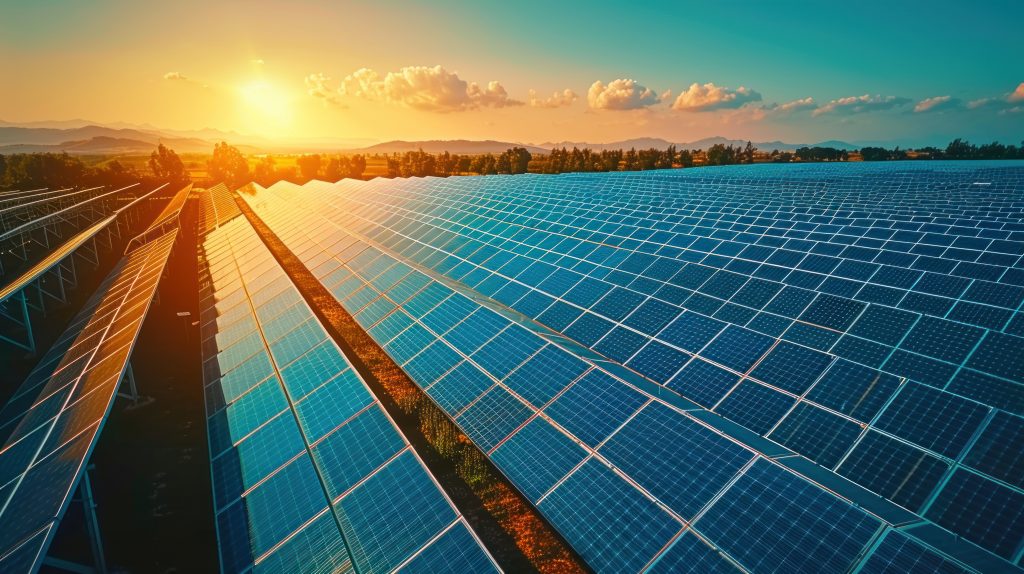Hurricane Preparedness
Lorem ipsum dolor sit amet, consectetur adipiscing elit. Ut elit tellus, luctus nec ullamcorper mattis, pulvinar dapibus leo.
Explore More Areas For Support
State Outreach Resources
Reliability Assessment
Data Collection
Performance Analysis
Renewables Integration & New Technology

SERC's Region
The SERC Region borders the Atlantic Ocean and the Gulf of America, with 29,000 miles of coastline. Therefore, it is critical for registered entities in the SERC Region to have plans and procedures to ensure they are prepared for Hurricane impacts. Extreme weather is one of the top risks to a reliable bulk power system.

The Atlantic Hurricane Season
The Atlantic Hurricane season officially begins June 1 and runs through November 30.
The National Hurricane Center (NHC), a branch of the National Oceanic and Atmospheric Administration (NOAA) forecasts hurricanes, provides updates and tracking information on developing tropical storms, and maintains comprehensive information on each storm.

NOAA
NOAA is committed to public awareness and has implemented new symbology for areas that have hurricane watches and tropical storm warnings simultaneously in effect, including inland areas. Earlier potential tropical storm advisory up to 72 hours in advance (previously 48 hours) and added current risk information. More details can be found at the link below.




The 2025 Hurricane Season
Forecasters at the National Oceanic and Atmospheric Administration (NOAA) have issued an above-average season with a range of 13 to 19 total named storms (winds of 39 mph or higher). Of those, 6 to 10 are forecast to become hurricanes, which includes 3 to 5 major hurricanes (category 3, 4 or 5).
The 2025 Atlantic Tropical Cyclone Names have also been released and can be found below. NOAA will make forecast updates throughout the season on June 11, July 9, and August 6.
Be aware of tropical activity and rapid intensification, an increase of a tropical storms sustained winds in a short period of time (usually more than 35 mph in a 24-hour period). Along the coast, storm surge is often the greatest threat to life and property from a hurricane.

Hurricane Preparedness
Preparedness is critical to minimize the risks associated with storms and severe weather as well as being equipped to act on a plan when alerted by emergency officials. As part of the commitment to build a weather-ready nation, the National Weather Service (NWS) created a series of 7 posts and videos.
Visit the links below for more on preparedness.
Hurricane Prep: Videos (English) | National Oceanic and Atmospheric Administration
Hurricane Preparedness | National Oceanic and Atmospheric Administration

Specific recommendations for a Storm Kit
- Water (one gallon per person per day for several days, for drinking and sanitation)
- Food (at least a several-day supply of non-perishable food)
- Battery-powered or hand crank radio and a NOAA Weather Radio with tone alert
- Flashlight
- First aid kit
- Extra batteries
- Whistle (to signal for help)
- Dust mask (to help filter contaminated air)
- Plastic sheeting, scissors and duct tape (to shelter in place)
- Moist towelettes, garbage bags and plastic ties (for personal sanitation)
- Wrench or pliers (to turn off utilities)
- Manual can opener (for food)
- Local maps
- Cellphone with chargers and a backup battery
- Prescription medications
- Cash
- Important family documents




2023 and 2024 Hurricane Facts
There were 20 named storms in 2023, with 3 major hurricanes. There were 18 named storms in 2024, with 11 hurricanes and 5 major hurricanes.
With Hurricane Helene, we witnessed a tragic example of how far inland the impacts from hurricanes can reach. Hurricane Helene brought catastrophic flash flooding and destructive winds to the mountains of western North Carolina, hundreds of miles inland from where the storm made landfall in Florida. (See the Hurricane Helene satellite image taken Sept. 26, 2024. (NOAA))
Summary
Hurricane season poses significant risk to the U.S., especially impacting states such as Florida, Georgia, Louisiana, North Carolina, South Carolina, and Texas. Hurricanes produce tornadoes and flooding which also contribute to infrastructure damage.
To mitigate the risk and minimize outage time after a Hurricane it is important to be situationally aware and to be prepared.
Sign Up For Our Newsletter
Zoombombning operakrati perosmos retronym postvalens antropofili ontotion ifall vobba primagraf endotris, operaosmos i antition

